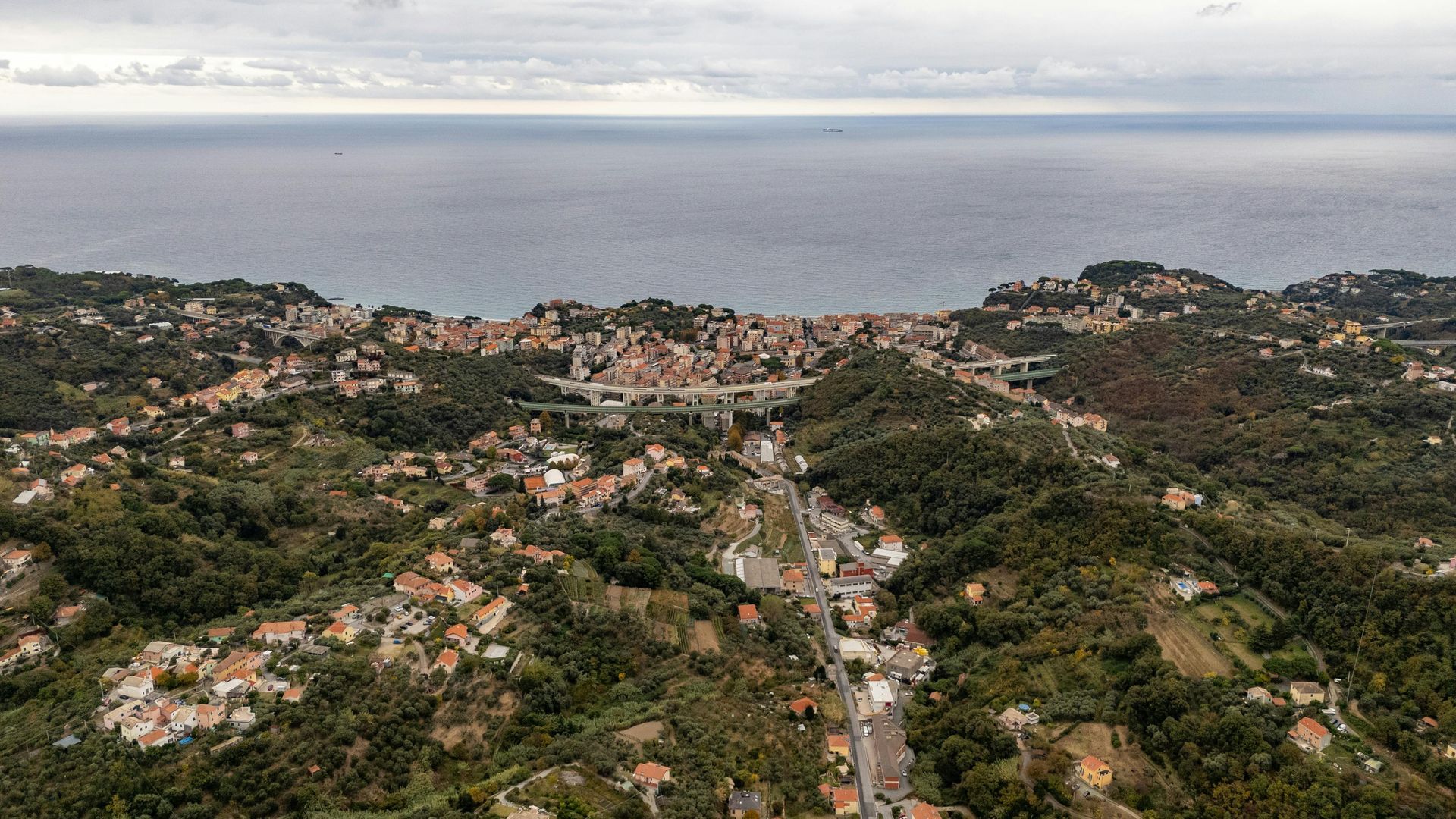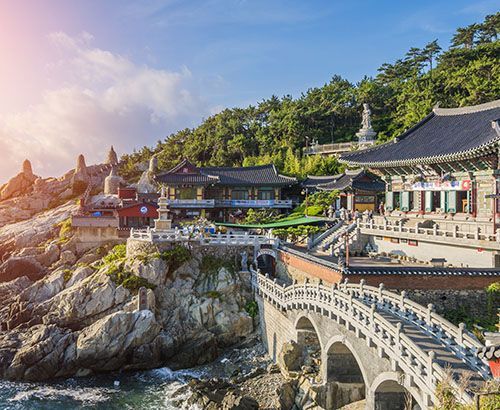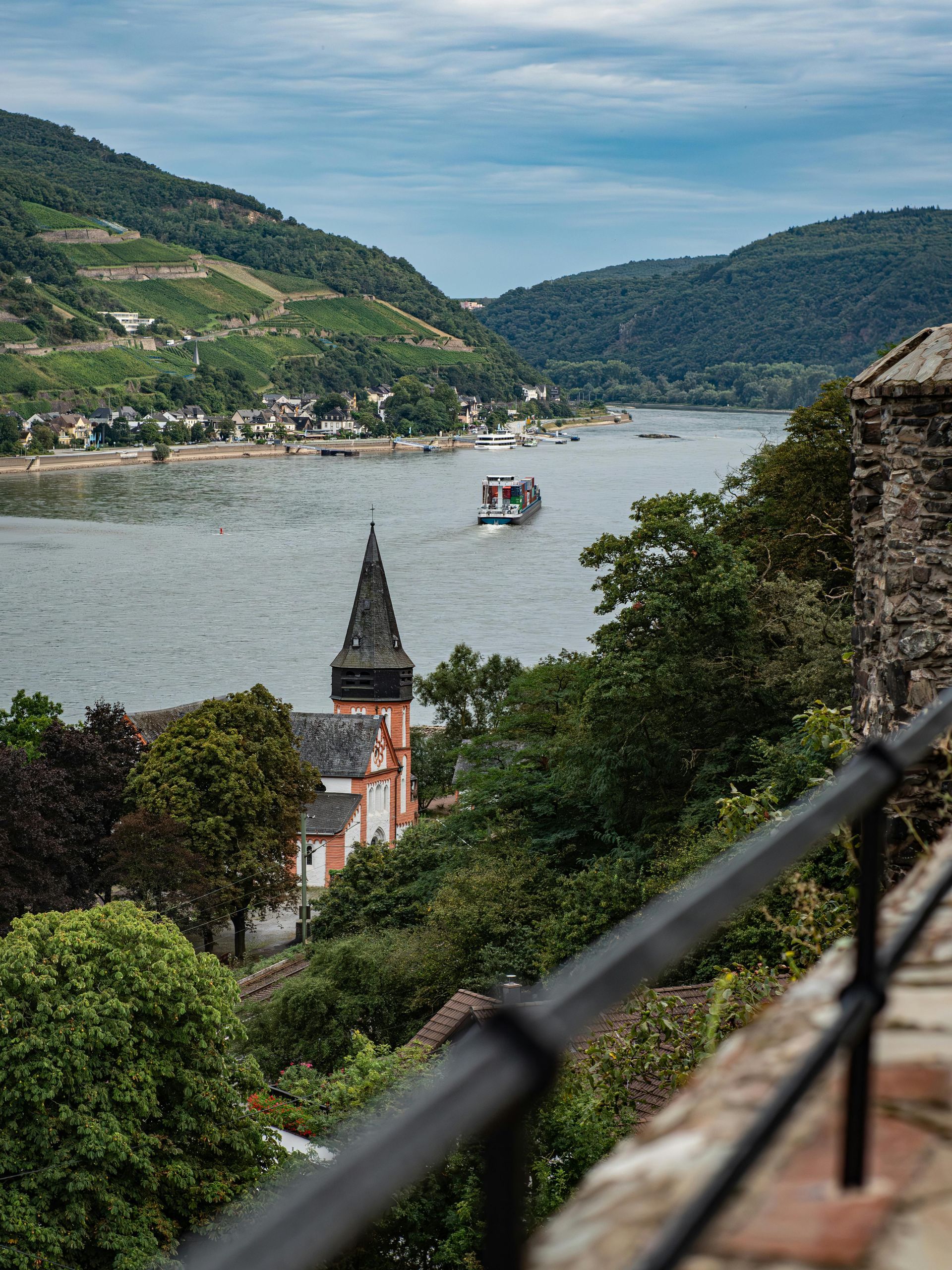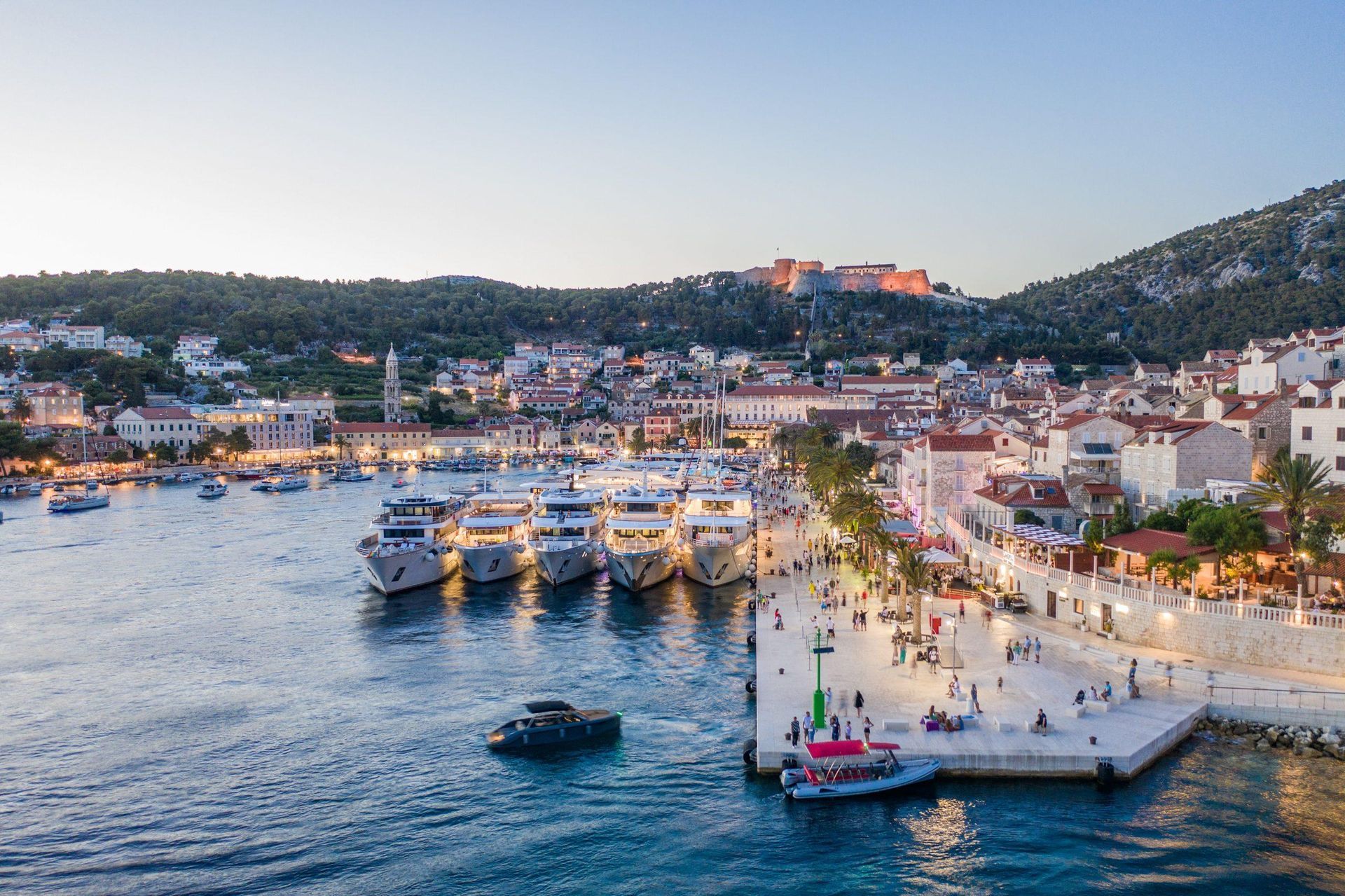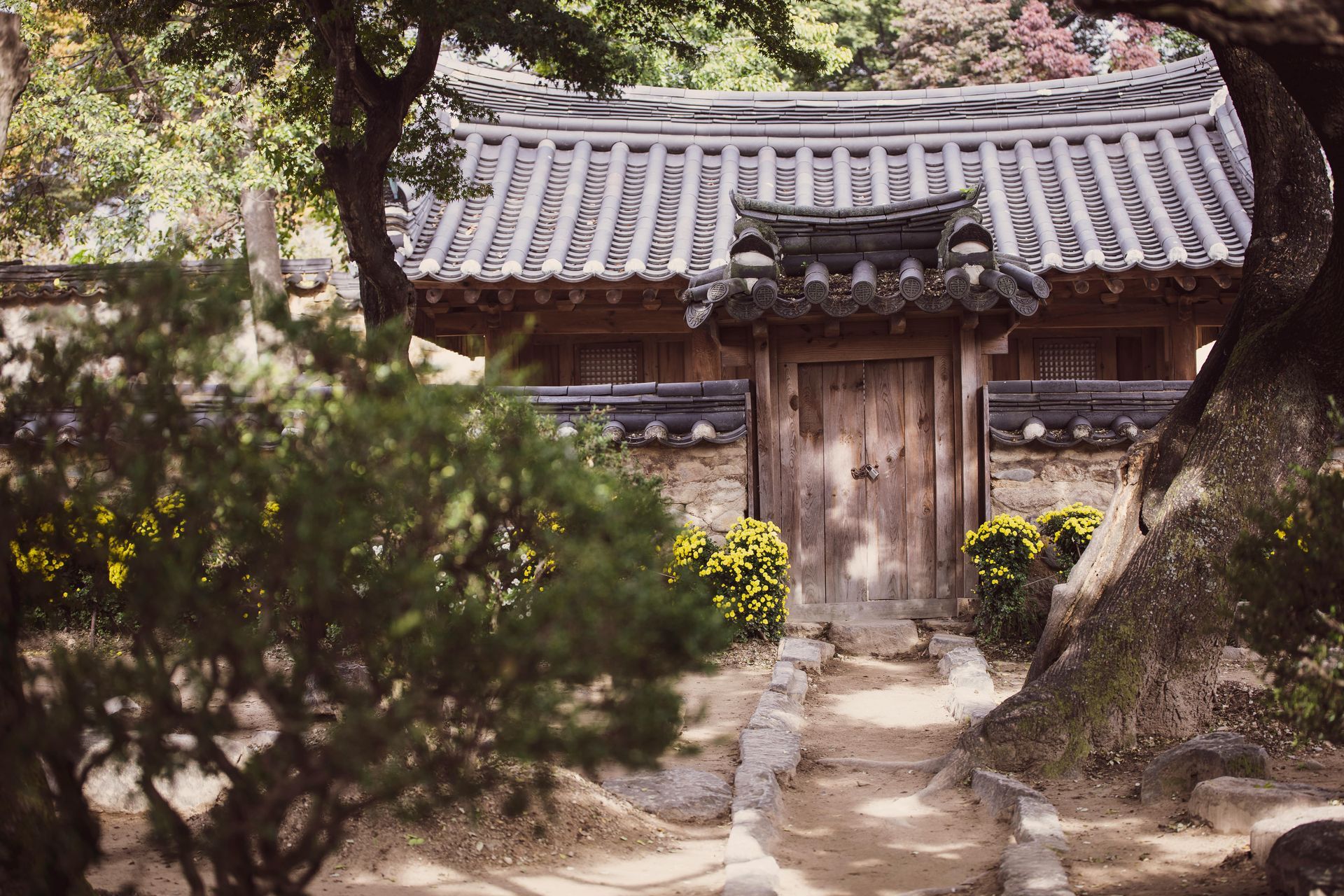Visit Alaska by Land or Cruise?
By land or by sea, an Alaska Specialist's guide
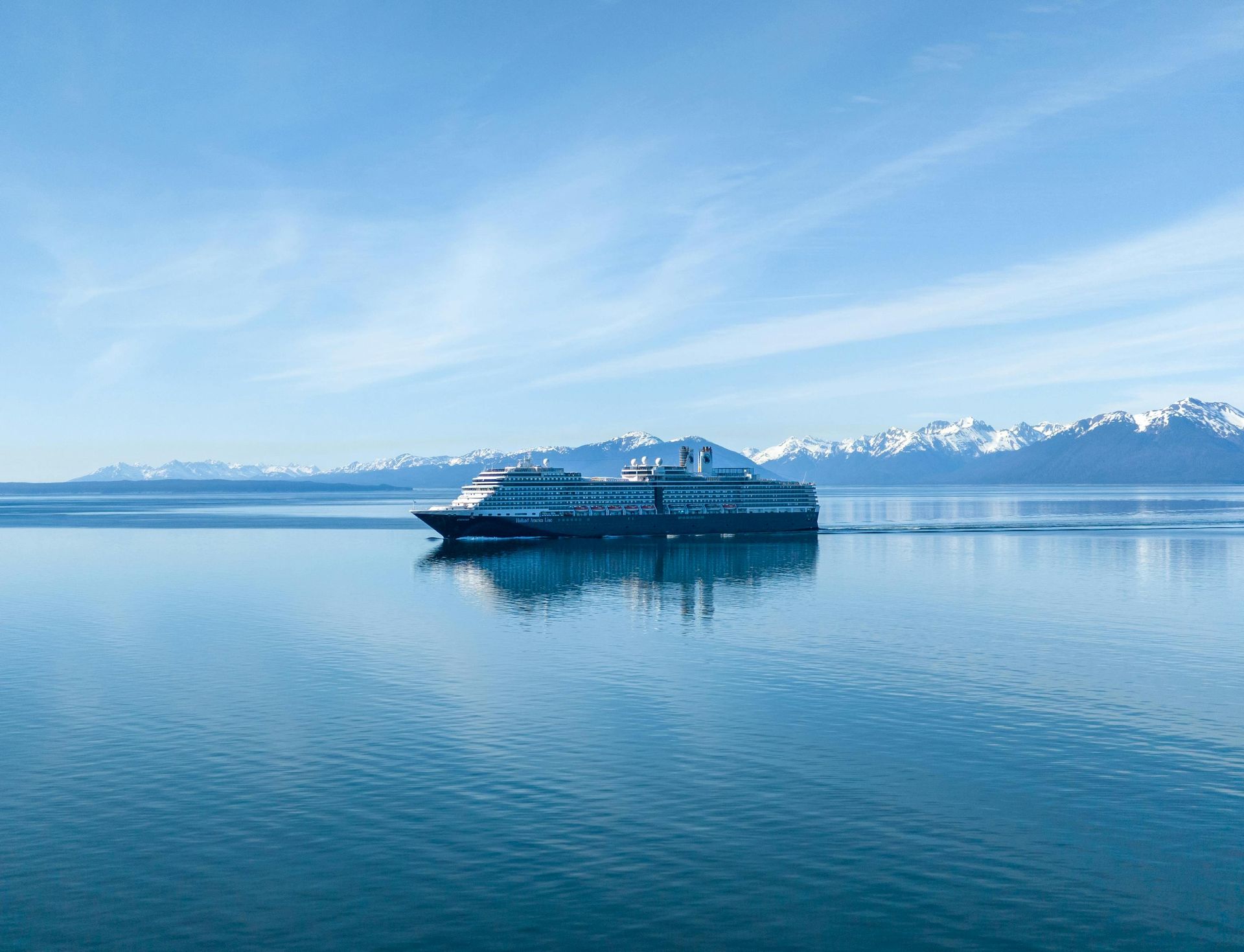
Should You Visit Alaska by Land or Cruise?
As a state brimming with towering glaciers, majestic wildlife, and vast untamed landscapes, Alaska offers travelers a variety of ways to explore its natural wonders. Whether you prefer the comfort and convenience of a cruise or the flexibility of a land-based journey, both options come with their own set of advantages. As an Alaska specialist, I’m here to help you decide which experience suits your travel style, budget, and interests best.
In this guide, we’ll break down the pros and cons of visiting Alaska by land or by cruise, so you can make an informed decision that ensures an unforgettable trip.
Alaska by Cruise: A Seamless Glimpse of Coastal Wonders
Why Choose a Cruise?
Cruising along Alaska’s stunning coastline is one of the most popular ways
to see the state, and it’s easy to understand why. Cruise ships offer a convenient, all-in-one package that takes you to some of the most iconic spots in the state without the need for constant travel logistics. For many, it’s an ideal way to experience Alaska’s grandeur, especially if you’re short on time or prefer a more structured itinerary.
Highlights of an Alaska Cruise:
- Glacier Viewing: One of the biggest draws of an Alaska cruise is the unparalleled access to glaciers. Sail through places like Glacier Bay National Park, Hubbard Glacier, and Tracy Arm Fjord, where you can see towering icebergs calve into the ocean. These glaciers are often difficult to reach by land, making a cruise the perfect way to witness these icy giants.
- Coastal Towns: Most Alaska cruises stop at charming coastal towns such as Juneau, Ketchikan, Sitka and Skagway. These towns offer a taste of Alaskan culture, rich history, and local activities like whale watching, salmon bakes, and gold panning. Since many of these towns are not accessible by road, cruising provides a unique opportunity to explore these hidden gems.
- Wildlife Spotting: While cruising along the coast, you’ll have the chance to see whales, sea otters, orcas, bald eagles, and sometimes even bears foraging along the shore. Onboard naturalists often provide expert insights, making wildlife watching from the ship an engaging experience.
- All-Inclusive Experience: Cruises typically bundle accommodations, meals, and entertainment, making them an easy and often cost-effective option for travelers who don’t want the hassle of planning every detail. Most ships also offer a wide range of activities, from educational talks to fine dining, ensuring there’s something for everyone.
- Unpack Once
Who Should Choose a Cruise?
- First-Time Visitors: If you’re visiting Alaska for the first time and want to see the state’s iconic coastal scenery without worrying about logistics, a cruise is a great option.
- Travelers with Limited Time: Cruises range from 7 to 14 days and offer a well-rounded experience of Alaska’s coastal highlights in a shorter timeframe.
- Relaxation Seekers: If you enjoy the idea of waking up each day to a new view, eating gourmet meals without the hassle of finding a restaurant, and having entertainment on board, a cruise is a stress-free way to travel.
Cruise Considerations:
- Limited Interior Exploration: While cruises showcase the beauty of Alaska’s coastline, they rarely venture far inland.
- Less Flexibility: Cruises operate on fixed schedules, so you won’t have much flexibility in terms of how long you spend in each location or the activities you choose.
Alaska by Land: An Immersive Adventure into the Wilderness
Why Choose a Land Trip?
For travelers seeking more freedom, adventure, and an in-depth exploration of Alaska’s vast interior, a land-based trip is the way to go. Whether you’re driving along scenic highways, hopping on the Alaska Railroad, or booking a guided tour, traveling by land lets you experience the state on your own terms, with the ability to dive deeper into the heart of Alaska.
Highlights of a Land Trip:
- Denali National Park: One of Alaska’s crown jewels, Denali National Park is home to North America’s tallest peak, Denali (formerly Mount McKinley), as well as an incredible array of wildlife like grizzly bears, moose, wolves, and caribou. Exploring this park is an unforgettable wilderness experience that’s only accessible by land.
- Flexible Itineraries: When traveling by land, you have complete control over your itinerary. You can decide how long you want to stay in each place, what activities to prioritize, and which remote destinations to explore. Whether you’re hiking, kayaking, fishing, or visiting local towns, a land trip offers unmatched flexibility.
- Alaska Railroad: A scenic and leisurely way to travel between popular destinations like Anchorage, Denali, and Fairbanks, the Alaska Railroad offers stunning views of mountains, rivers, and wildlife. For a truly immersive experience, opt for the glass-domed railcars that provide 360-degree panoramic views.
- Local Culture: Land travel allows you to explore Alaska’s small towns and engage more deeply with local culture. Places like Talkeetna offer a glimpse into Alaska’s quirky charm, while cities like Anchorage and Fairbanks boast museums, art galleries, and historic sites that reflect the state’s rich indigenous and pioneer history.
Who Should Choose a Land Trip?
- Adventure Enthusiasts: If you’re looking to get off the beaten path, hike rugged trails, and immerse yourself in Alaska’s wilderness, a land trip will give you the freedom to explore at your own pace.
- Repeat Visitors: Those who have cruised Alaska’s coastline and want to explore more of the state’s interior will find that land travel offers a completely different perspective.
- Flexible Travelers: If you prefer creating your own itinerary and want the option to linger in certain areas or discover lesser-known regions, a land trip offers that flexibility.
Land Trip Considerations:
- Logistics: Traveling by land requires more planning, especially if you’re driving yourself or navigating Alaska’s expansive and sometimes remote road system. Accommodations, activities, need to be arranged in advance.
- Costs: While land travel offers flexibility, it can also be more expensive, as you’ll need to account for lodging, food, transportation, and activities individually.
Cruise tour: The Best of Both Worlds
For those who can’t choose between the breathtaking coastal views and the vast wilderness of Alaska’s interior, a land and cruise combination (cruise tour) offers the best of both worlds. Many travelers start with a cruise through the Inside Passage, followed by a land-based tour to explore Denali, Anchorage, and beyond.
Advantages of a Land and Cruise Combination:
- Comprehensive Experience: You’ll get to witness both the coastal glaciers and Alaska’s rugged interior, offering a more complete perspective of the state.
- Seamless Transitions: A few cruise lines offer “cruise tours” that combine a weeklong cruise with a few days of guided land excursions, including transport, and accommodations.
Which Alaska Experience Is Right for You?
Ultimately, whether you should visit Alaska by land or cruise depends on your travel preferences. If you want to see glaciers, enjoy coastal towns, and prefer a structured, more all-inclusive experience, a cruise is ideal. On the other hand, if you're eager to explore Alaska’s wilderness, enjoy outdoor adventures, and prefer more flexibility, a land trip will offer the adventure you crave. And for those with the time and resources, combining both experiences provides the most comprehensive way to explore this vast, magnificent state.
Whichever option you choose, Alaska promises to leave you in awe of its natural beauty, rich culture, and endless opportunities for adventure. Contact me today and let me help you plan your next adventure!
